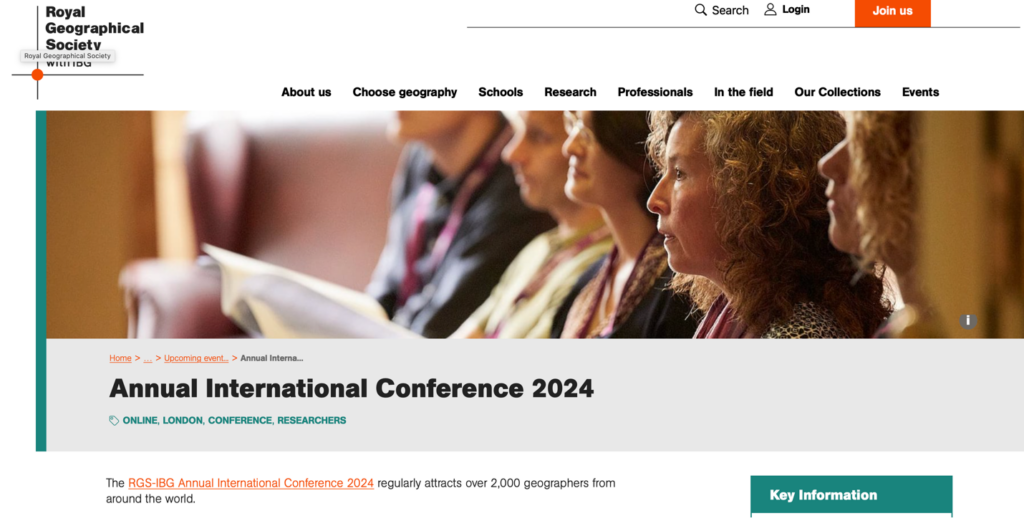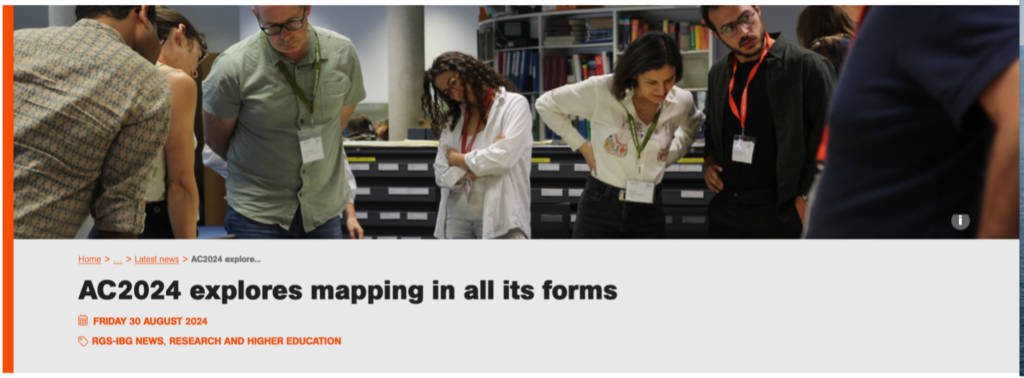
To the wider public, maps define what geography is and what it does. Mapping, in turn, allows researchers to communicate beyond the academy. This conversation brings together two very different forms of mapping as a way of exploring ways in which we can engage and create public geographies of understanding, and the ways in which publics can help us make our maps.

Three of our Community and Cultural Mapping Group members (Nancy Duxbury, Patricia Huntsman, and Will Garrett-Petts) gave presentations on “CartoHumanities: Envisioning Map Studies across the Humanities”; “The Challenges and Promises of Re-Situating Participatory Cultural Mapping as Community-Centred Work”; “In Situ Culture: Revealing Cultural and Creative Ecosystems in Non-Urban Areas”; and “You are Here: A Case Study in Cultural Mapping and Long-Term Cultural Strategic Planning.”
Some provocative terms and phrases emerging from the conference: “participatory relational art,” “strata-mapping,” “poetic mapping,” “personal and collective geographies,” “data circularity,” “social return on cultural investment,” and “digital twins.”




